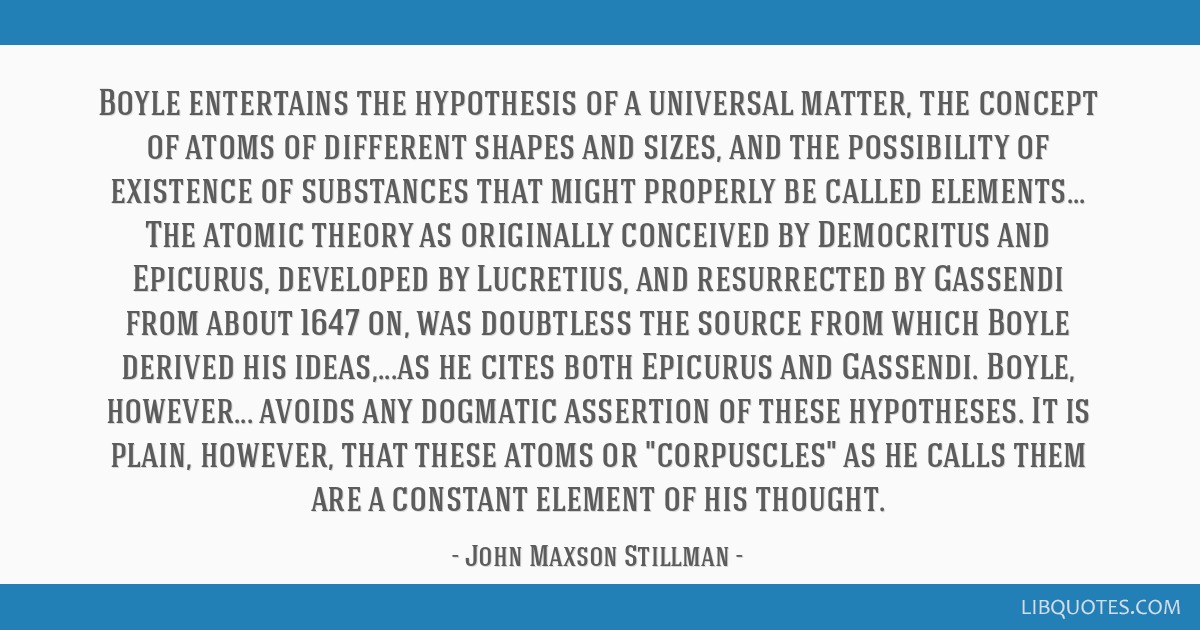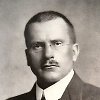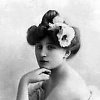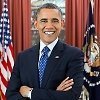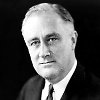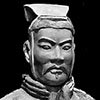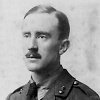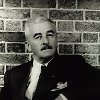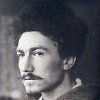Boyle entertains the hypothesis of a universal matter, the concept of atoms of different shapes and sizes, and the possibility of existence of substances that might properly be called elements... The atomic theory as originally conceived by Democritus and Epicurus, developed by Lucretius, and resurrected by Gassendi from about 1647 on, was doubtless the source from which Boyle derived his ideas,...as he cites both Epicurus and Gassendi. Boyle, however... avoids any dogmatic assertion of these hypotheses. It is plain, however, that these atoms or "corpuscles" as he calls them are a constant element of his thought.
John Maxson Stillman, The Story of Alchemy and Early Chemistry (1924)
